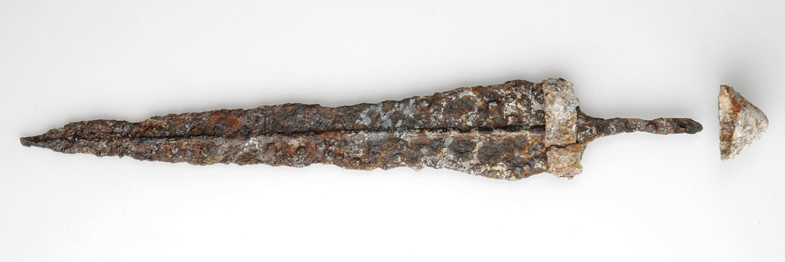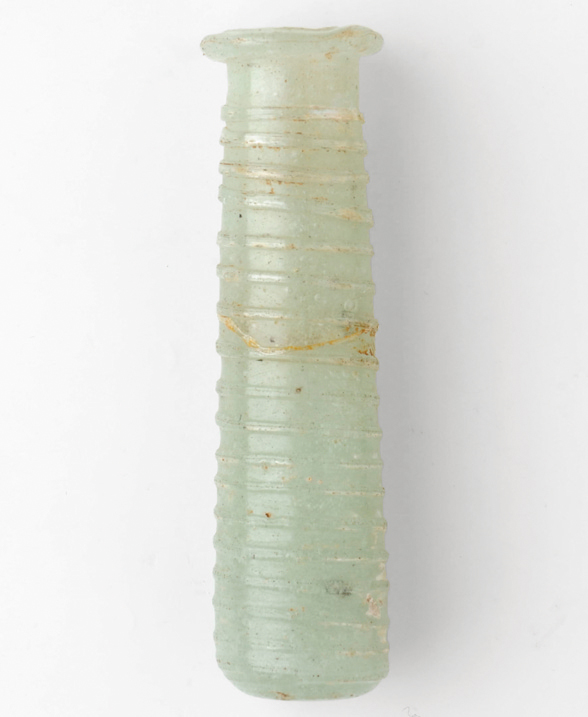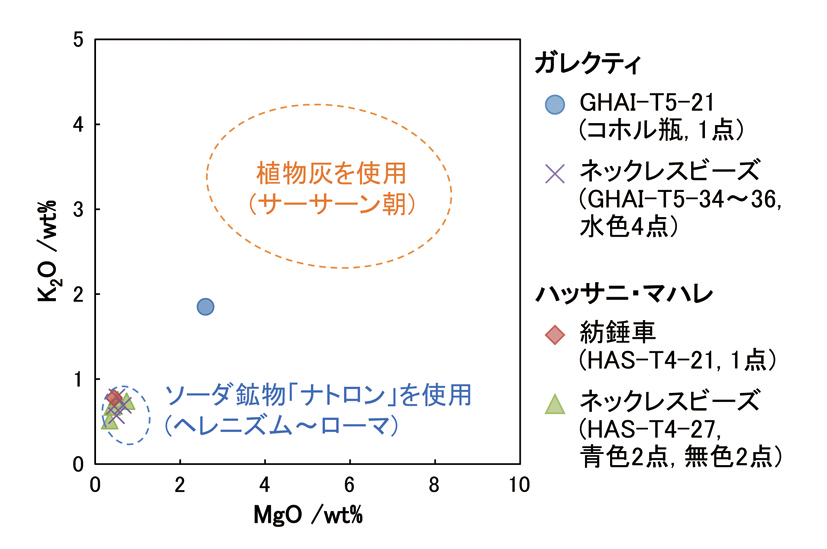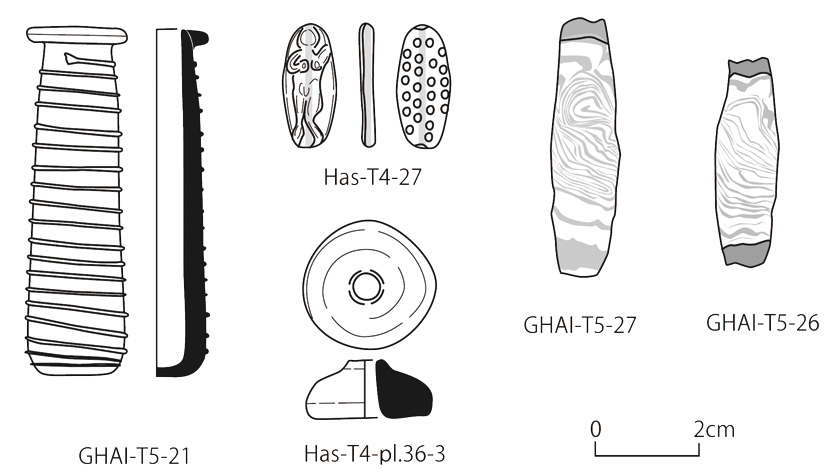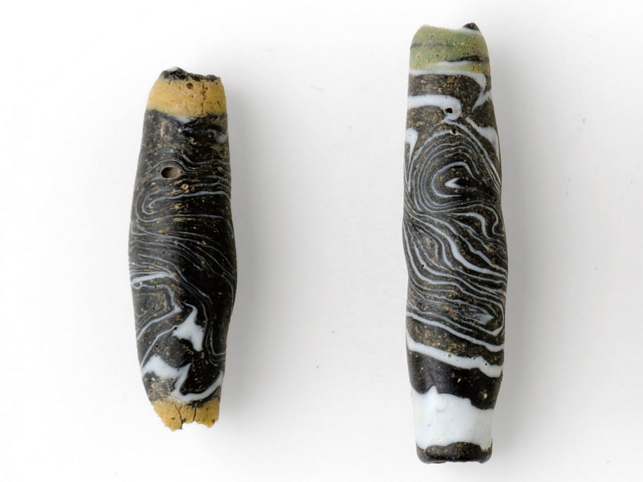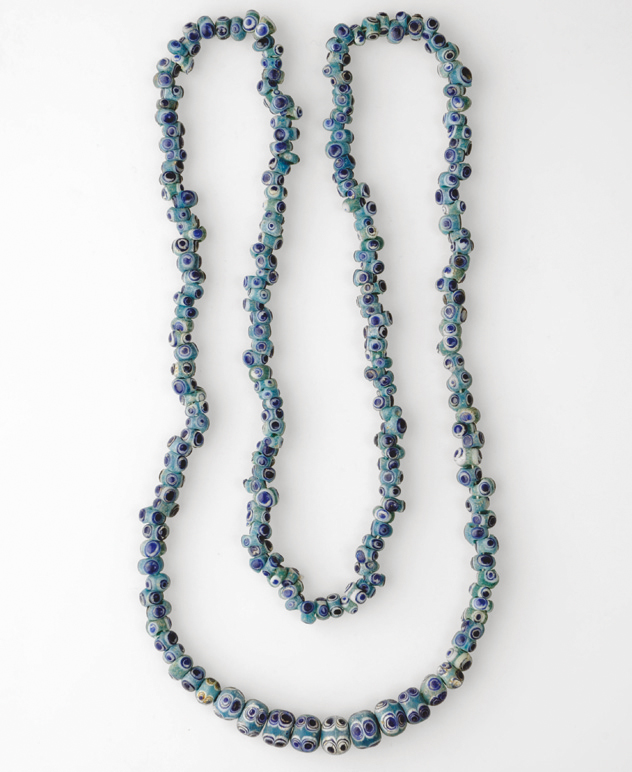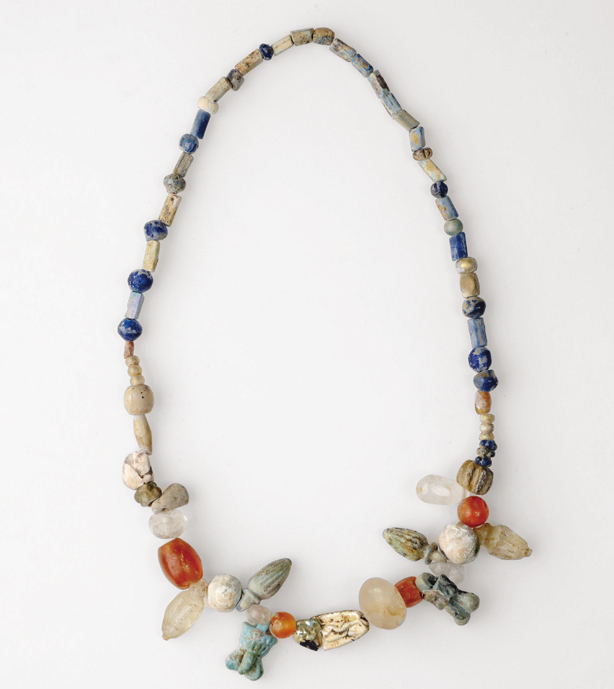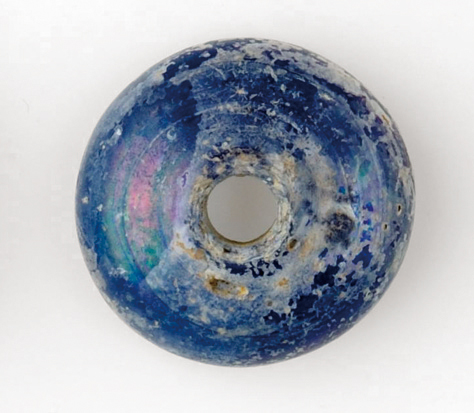G3
Dailaman, northern Iran
archaeometry documenting ancient technology and trade
From the early 20th century, archaeologists focused attention on the mountainous area of northern Iran, including the Dailaman basin in the south-western Caspian Sea, as the region yields antiques of precious metals or unique forms. Prior to a Japanese expedition to Dailaman in 1960 and 1964, most of these were antiques and not archaeological remains. The expedition excavated five archaeological sites, and revealed material culture of the early Iron Age and the Partho-Sasanian period. Four volumes of the detailed report have not lost importance even today, although half a century has elapsed since the expedition.
At first, an attempt was made to establish a chronological framework of Dailaman and the surrounding region. However, as the pottery of the period is extremely local, and the chronology related only to grave material, it has no stratigraphic evidence. Some attempted to make a comparative study with widely distributed imported material, such as bronze, iron, or glass, however the situation is almost same.
In recent years, it appears that, based on interdisciplinary research between archaeologist and analytical chemist, there was a lack of archaeological information regarding Dailaman materials and museum pieces. The high-energy X-ray graphic study of bi-metalic swords, including that from Ghalekuti II revealed previously unknown production techniques. The X-ray fluorescence analysis of glass revealed the rise and fall of the glass industry in late antiquity of western Asia, as well as trade between the Dailaman region and the surrounding area. (Ryuji Shikaku)
References
江上波夫・深井晋司・増田精一(編)(1965)『デーラマンI ガレクティ、ラルスカンの発掘 一九六〇』東京大学東洋文化研究所。
江上波夫・深井晋司・増田精一(編)(1966)『デーラマンII ノールズ・マハレ、ホラムルードの発掘 一九六四』東京大学東洋文化研究所。
曽野寿彦・深井晋司(編)(1968)『デーラマンIII ハッサニ・マハレ、ガレクティの発掘 一九六四』東京大学東洋文化研究所。
四角隆二(2014)「岡山市立オリエント美術館所属突起装飾ガラスをめぐる考察」『岡山市立オリエント美術館研究紀要』28: 1–11。
谷一 尚(1997)「ハッサニマハレ、ガレクティ編年の再整理と発掘の意義」『東京大学創立百二十周年記念東京大学展 第二部 精神のエクスペディシオン』西秋良宏編:150–156、東京大学出版会。
深井晋司・池田次郎(編)(1971)『デーラマンIV ガレクティ第I号丘、第II号丘の発掘 一九六四』東京大学東洋文化研究所。
三宅俊成(1976)「デーラマン古墓出土の土器の考察」『江上波夫教授古稀記念論集 考古・美術篇』:297–329、山川出版社。
Samadi, H. (1959b) Les decouvertes fortuites Klardasht, Garmabak, Emam et Tomadjan. Tehran: Musee National de Tehran.
Schaeffer, C. F. A. (1948) Stratigraphie compree et chronologie de l’Asie occidental. London: Oxford University Press.
Haerinck, E. (1989) The Achemenid (Iron Age IV) period in Gilan, Iran. In: De Meyer, L. & Haerinck, E. (eds.) Archaeologia Iranica et Orientalis. Miscellanea in Honorem Louis Vanden Berghe, pp. 455–474. Gent: Peeters Press.


